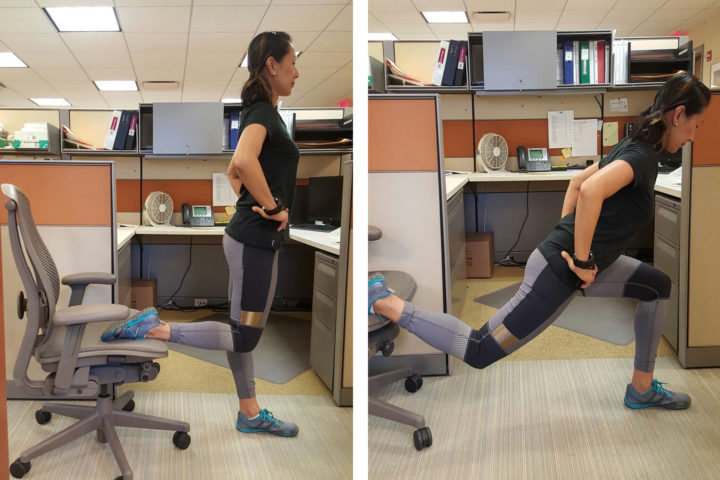The holiday season is often called the “happiest time of the year,” but we know the reality can feel quite different. What should be a joyous period can quickly become overwhelming, leaving us stressed and disconnected instead of present and peaceful. Our minds race from one task to the next, constantly chasing calendar items and battling endless to-do lists. The anticipation of an over-committed schedule can become not just exhausting, but almost debilitating.
In moments of chaos, I’ve learned that a simple pause—just a brief moment of stillness and focused breathing—can be transformative. That’s why I’m recommitting to my daily meditation practice and inviting you to join me in a month-long journey of mindfulness.
This Challenge: More Than Just Meditation
We can’t eliminate stress completely, but we can change how we respond to it. Think of this meditation as a mini-vacation for your mind – create small, intentional moments of peace in your day, even if it’s for just 5 minutes. No time like the present so let’s make today DAY ONE!
Rest & Reset Challenge
Dedicate just five minutes each day to mindful breathing. Here’s a weekly guide to get you started:
- Day 1 (Monday): Listen to my 5-minute guided meditation on Insight Timer or explore other guided meditations.
- Day 2 (Tuesday): Take your practice outdoors with a walking meditation.
- Day 3 (Wednesday): Find the time before bed to transition into rest.
- Day 4 (Thursday): Focus on deepening breaths and releasing body tension.
- Day 5 (Friday): A moment in the middle of the day – perhaps before a big meeting.
- Day 6 (Saturday): Pair meditation with gentle stretching.
- Day 7 (Sunday): Try it first thing upon waking.
Pro Tip: Repeat this for 4 weeks! There will be days when you forget, don’t feel up to it, or are simply too maxed out. All of that is OK! It’s not about perfection but about progress and self compassion.
Finding time for meditation is similar to scheduling any other important task. Throughout your day, there are perfect opportunities to pause and center yourself: a morning reset to start your day with calm and focus, a midday pause to recharge between tasks, and an evening wind-down to prepare for restful sleep.
By intentionally carving out these moments, you transform meditation from an optional activity to an essential part of your daily routine, supporting your mental well-being and helping you navigate life’s challenges with greater ease.
Are you ready to join my Rest & Reset Challenge? Send me a message, join the WhatsApp community, or leave a comment and let me know YOU’RE IN!
Find the full guided meditation on Insight Timer and begin your journey to inner peace today.
If you are unable to see the Insight Timer recording above, kindly refresh the page.
Quick Alternative: 20 Breaths for Calm
If you don’t have 5 minutes, here is a quick alternative you can do when you’re super short on time:
- Find a quiet, comfortable space
- Close your eyes and notice how your body feels
- Take 20 intentional breaths, counting each inhale and exhale
- Gently redirect any wandering thoughts
- Release tension with a final deep breath






































